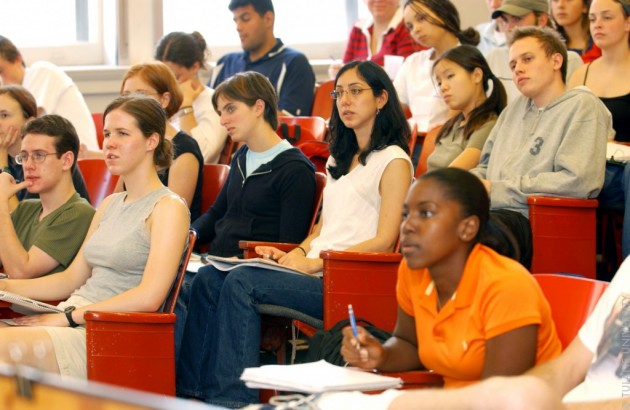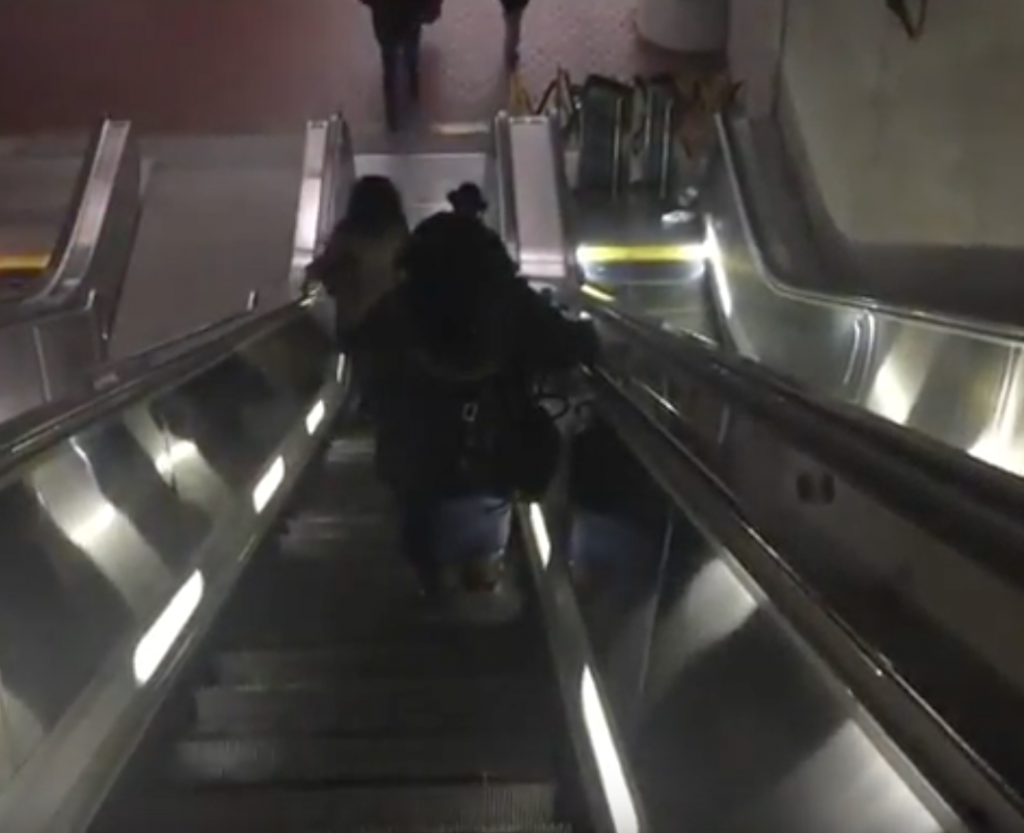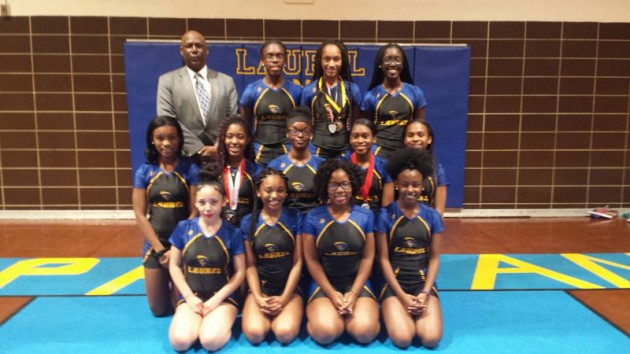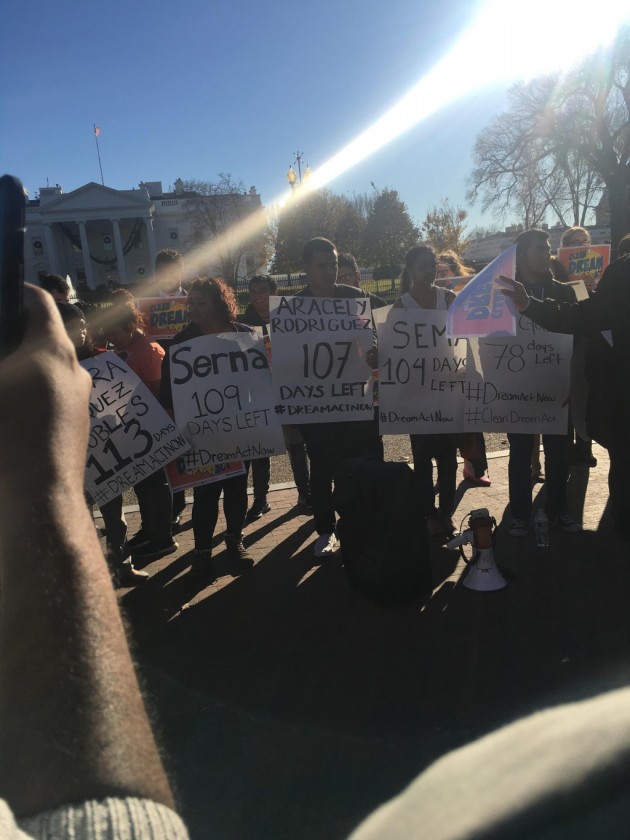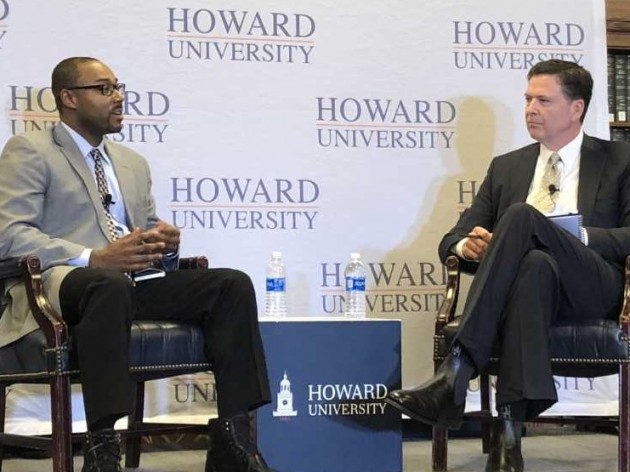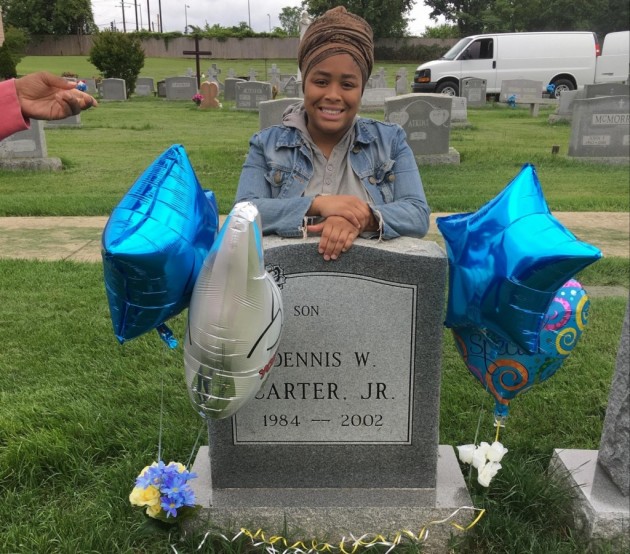Race and Higher Education

With the prevelance recently of racist images at college campuses and the race-related murder of a black student at the University of Maryland, some black and Hispanic students are expressing concern about their safety. Courtesy photo
Being a student of color at a predominantly white institution isn’t always easy. Many students find themselves explaining or defending their race, while also combating stereotypes and racialized incidents throughout the school year.
American University in Northwest Washington has been the target of bias-related incidents in the past. In September 2016, two black female students found bananas left in front of their dorm rooms. One student said they had a banana thrown at them.
In May 2016, after Taylor Dumpson was sworn in as student government president, students found bananas hanging from nooses around several areas of campus. These bananas also had “FREE AKA” written on them, targeting the first black female president’s historically black sorority of Alpha Kappa Alpha Sorority, Inc.
Most recently, confederate flags posted around campus with pieces of cotton stuck onto them unnerved students. Leaders of multicultural organizations and the student body as a whole looked to the university administration for their response.
According to Forbes, black students make up 8% of the student body at AU.
On Oct. 1, 2016, American University began a program called Target of Opportunity, which aimed to recruit more diverse faculty. On May 10, 2017, shortly after the noose incident, AU appointed Ibram X. Kendi as its founding director of the Anti-Racist Research and Policy Center. The university has also held a series of events that include discussions on race.
Even after AU’s response to these issues and a series of steps to make the campus more diverse, many students of color still say they do not feel safe.
Murugi Thande, a recent AU graduate, said the noose in May 2016 was “one of the most racist acts that I’ve seen in my four years at AU, and just to know that it’s still going on made it hard to sleep last night.”
“This year we are still just as angry, even more angry, just as tired. Most people in power here at AU (administration, student government) are getting involved to advance their political and private agenda, and not really to advance the well-being of the masses,” Thande said.
Amanda Nyang’oro, a sophomore at AU and international student from Arusha, Tanzania said, “being at American University with all these racial incidents, it’s just very frustrating and annoying.”
“[In Tanzania] I went to an international school with people of different cultures … It just doesn’t make sense to me how you would have a certain demographic in your community and not do things that at least accommodate them,” Nyang’oro said.
She also expressed that she had concerns about the school’s responses to these situations. “[AU is] better at damage control than prevention at this point,” Nyang’oro said.
American University’s President's Council on Diversity and Inclusion (PCDI) has been hosting a series of talks since last year called “PCDI Listens.” Members of the council set up shop in residence halls to learn feedback, criticism and to understand the student experience.
PCDI Co-Chair and a professor of theatre in the performing arts Caleen Sinnette Jennings said she struggles to find a simple solution to AU’s diversity and inclusion problem.
“There is no prevention; it is not going to go away,” Jennings said. Jennings said stronger public safety presence on campus, changes made to PCDI’s website that make it easier for students to stay informed, and intensive training in AU’s core values offered to faculty and staff might help.
Despite the initiatives, some students still believe there is miscommunication between students of color at American and the administration.
“They're getting better at responding to these incidents faster, but they're clearly not changing much to prevent them if they were able to occur twice in the same year,” Nyang’oro, the AU sophomore, said.

